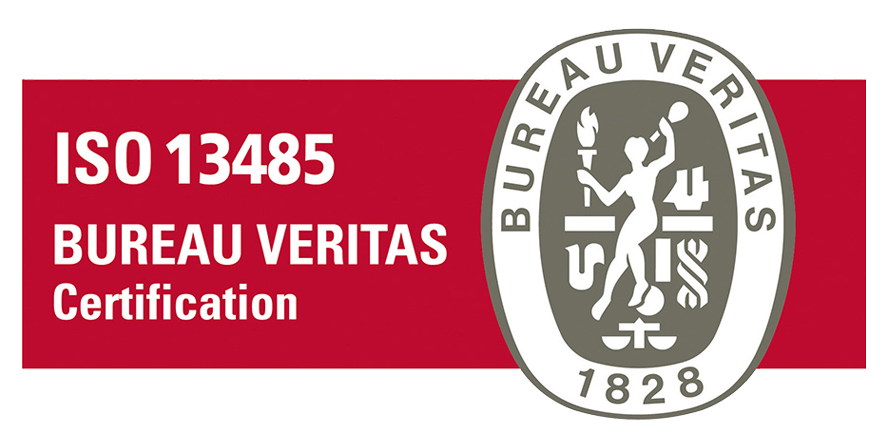IMDRF releases Outcome Statement from March Washington Meeting
- 22 March 2024
- Posted by: inetika
- Category: GLOBAL NEWS
The International Medical Device Regulators Forum (IMDRF) has now released the ‘Outcome Statement’ from its latest meeting, held 11-15 March 2024 in Washington DC, USA.
Copies of the report are available from here, which include a note of the decisions made by the ‘regulators only’ closed session, during which eight revised guidance documents were approved for publication and two new work item proposals (NWIPs) were approved.
The two newly approved work items are:
- NWIP of the Artificial Intelligence/Machine Learning-enabled (AI/ML) Working Group for a document on AI lifecycle management.
- NWIP to update and streamline Global Harmonization Task Force (GHTF) documents on clinical evidence for In Vitro Diagnostics
Copies of the slide presentations from the meeting are available from here.
The meeting followed the release of an updated document IMDRF/AE WG/N43FINAL:2024 (Release No. 2024), ‘Terminologies for Categorized Adverse Event Reporting (AER): terms, terminology and codes’.

